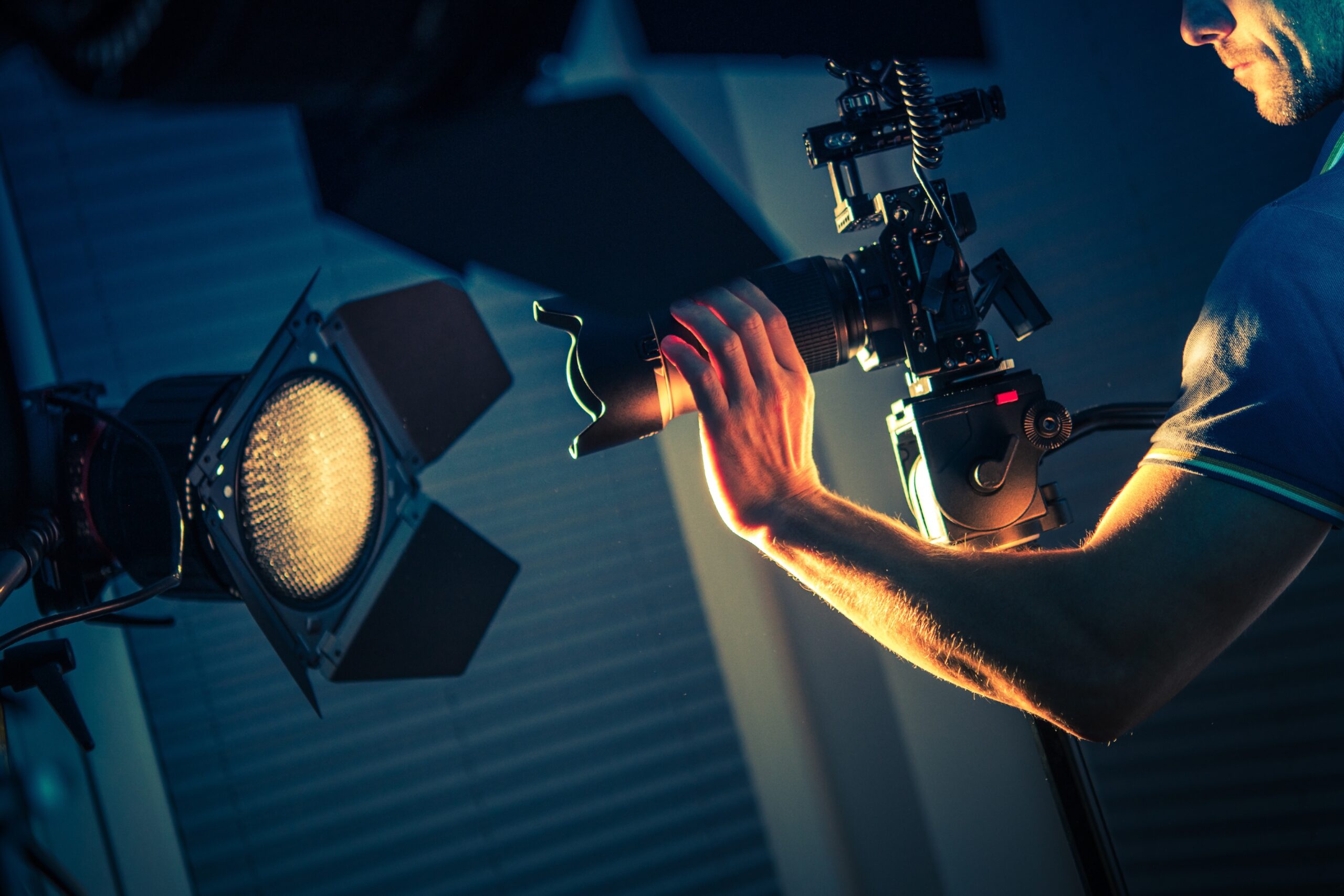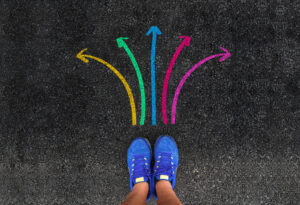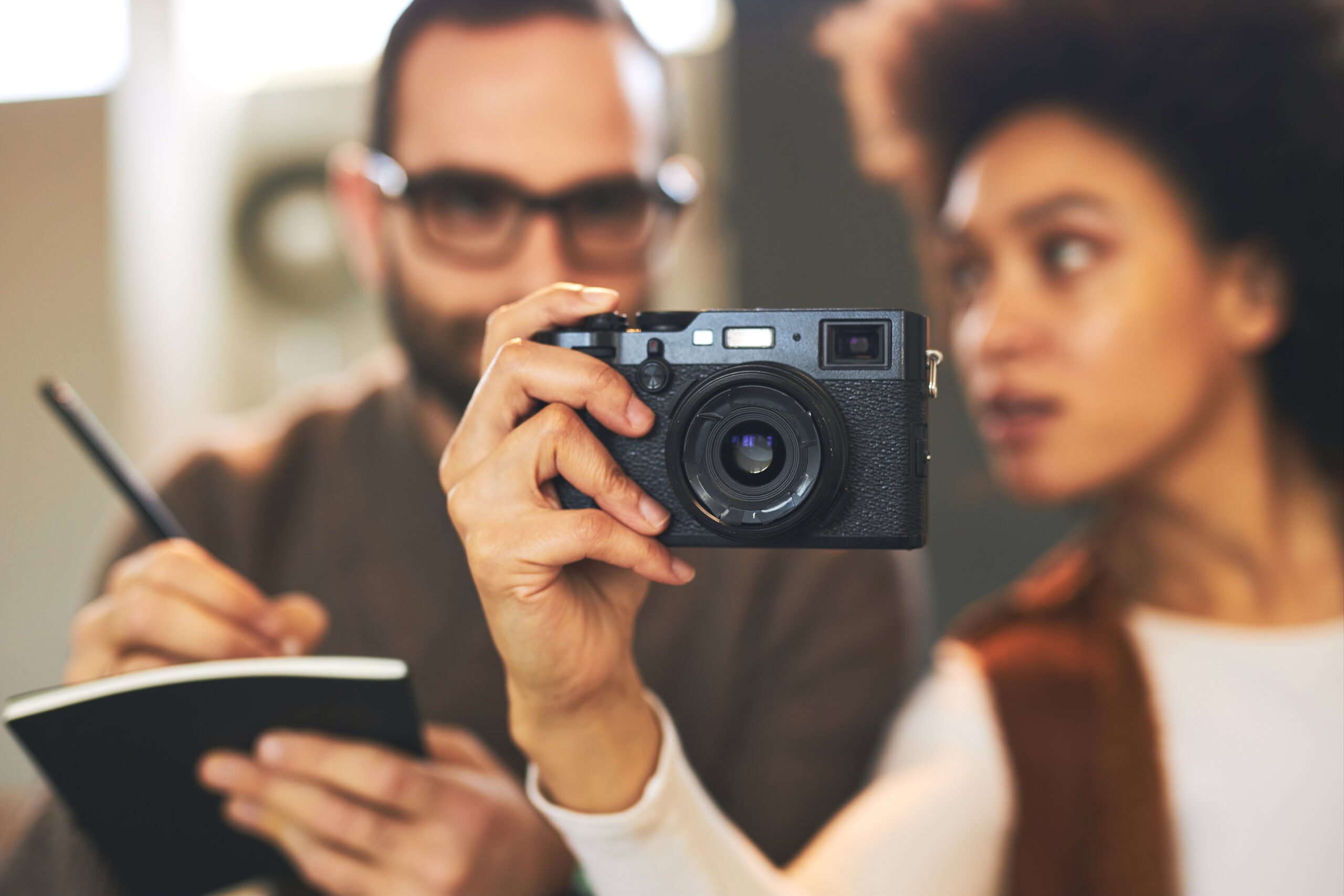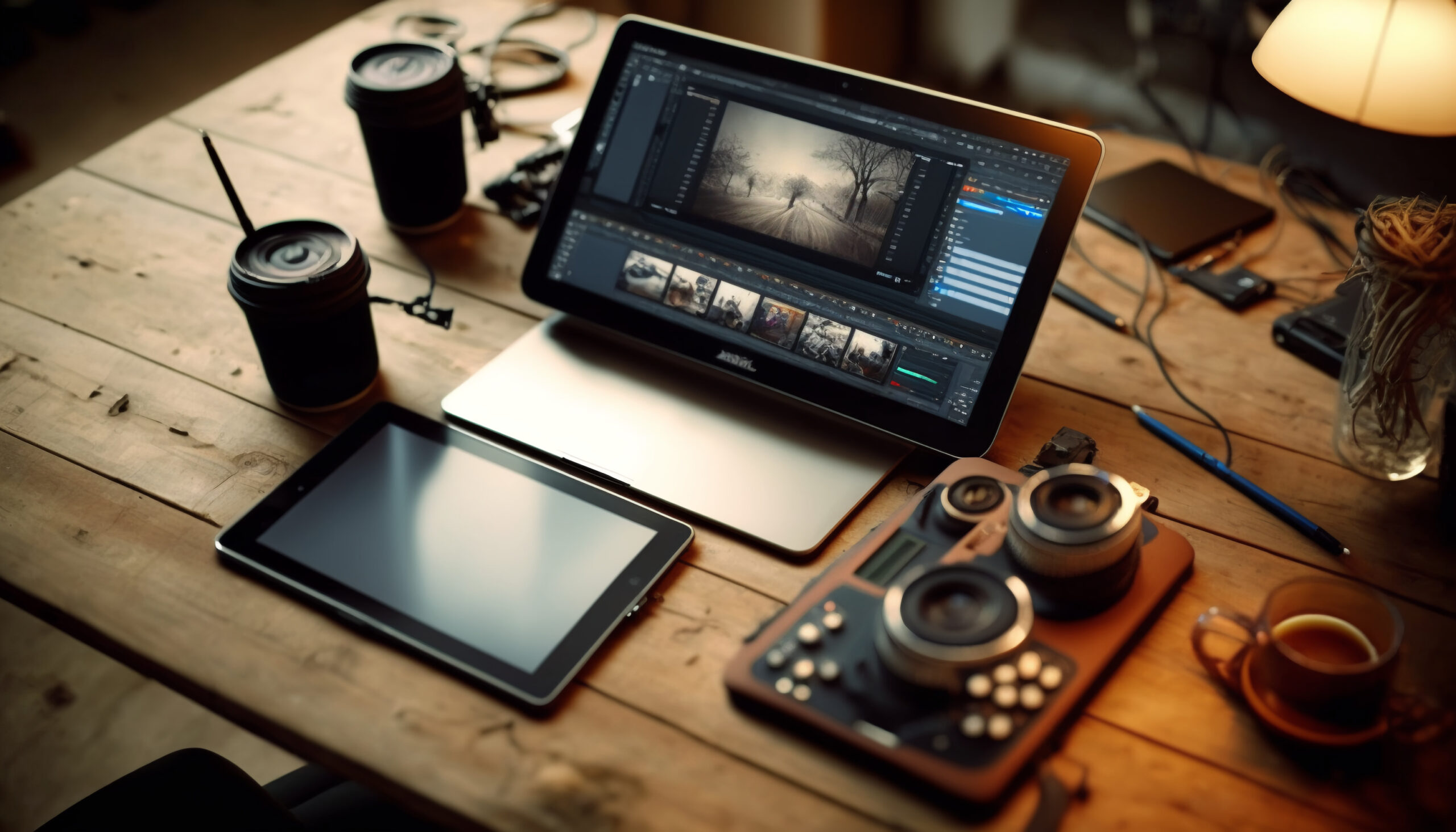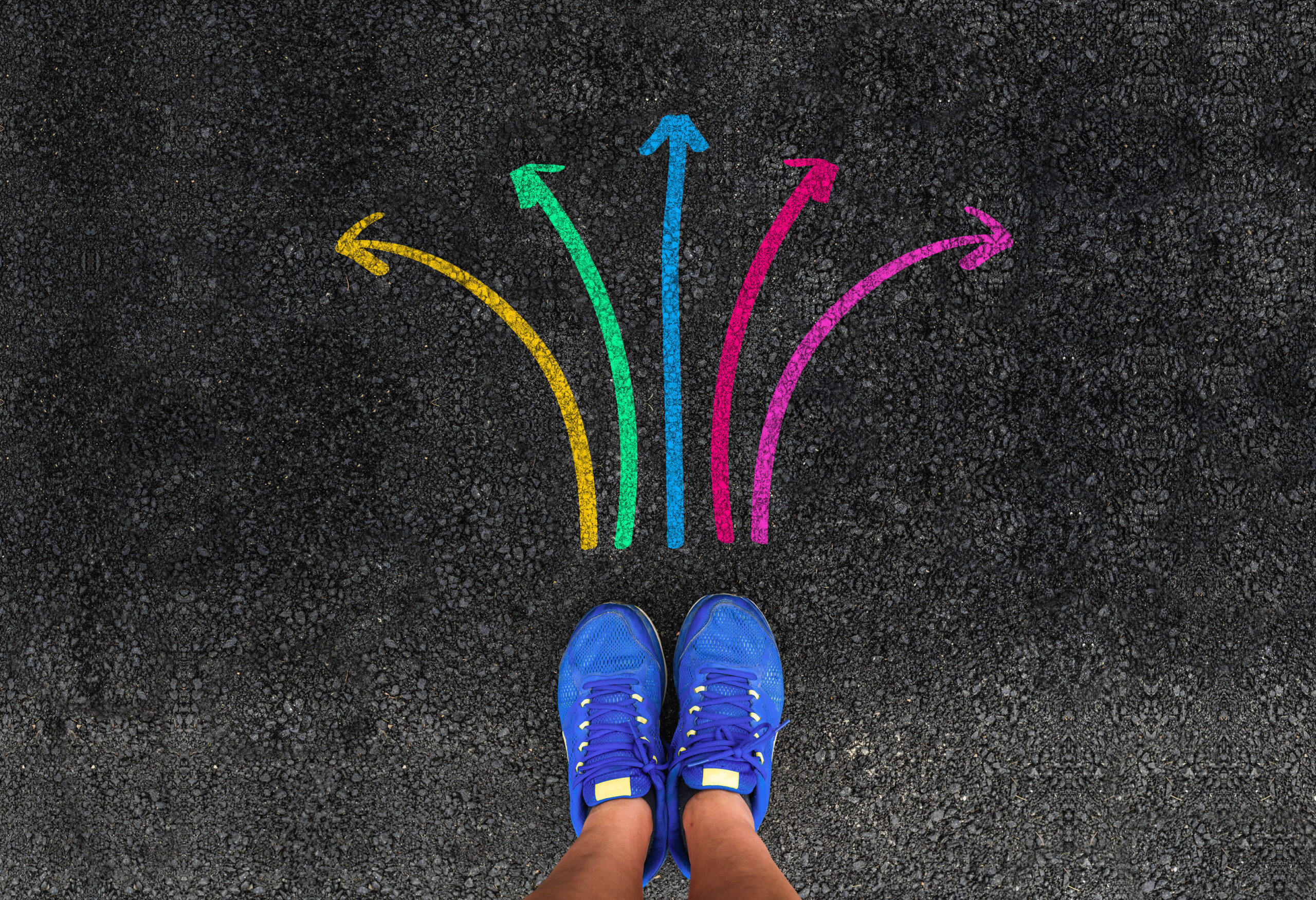The Allure of Two Worlds & Its Challenges: Mastering Photography and Videography
The world of visual storytelling is vast, offering captivating avenues through photography and videography. Both mediums capture moments, emotions, and narratives, but each does so differently.
Let’s delve into the artistic differences between these captivating fields and the challenges of learning them simultaneously.
The Decisive Moment vs. The Flow of Time:
Photography: Photography thrives on capturing the essence of a single moment. It’s about the decisive fraction of a second where light, composition, and subject converge to tell a story. A photographer’s eye seeks the perfect balance of elements, freezing a scene in time for artistic interpretation.
Videography: Videography embraces the flow of time. It weaves together a series of images to create a moving narrative. Videographers orchestrate a sequence of shots, capturing movement, sound, and the passage of time to create a more immersive experience.
Storytelling Through Stillness vs. Motion:
Photography: A photograph can tell a thousand stories without a single word. Through composition, lighting, and subject choice, photographers evoke emotions and provoke thought. A single image can be a powerful commentary, a poignant portrait, or a breathtaking landscape, all open to individual interpretation.
Videography: Videography allows for a more structured narrative. It can unfold a story with a clear beginning, middle, and end, using visuals and audio to guide the viewer’s experience. Videographers have the power to create a complete sensory experience, drawing viewers into the heart of the story.
The Challenge of Duality:
Learning both photography and videography simultaneously can be a rewarding yet demanding pursuit. Here’s why:
Shifting Mindsets: Switching between focusing on a single, decisive moment in photography to crafting a flowing narrative in videography requires mental agility.
Technical Nuances: Each medium has its own technical aspects to master. Photographers delve into the aperture, shutter speed, and ISO, while videographers grapple with frame rate, lighting for motion, and sound recording.
Photography and videography have unique technical aspects, equipment, and post-processing techniques.Equipment Considerations:
While some equipment overlaps, excelling in both areas may require specific gear for each discipline.
Each skill requires equipment that can be resource-intensive. You’ll need additional gear (cameras, lenses, tripods, etc.) for both. Managing these resources efficiently can be challenging.Steep Learning Curve: Learning two disciplines simultaneously can be overwhelming.
Time Commitment: Mastering either skill takes time. Combining both can extend the learning process.
Embrace the Journey:
Despite the challenges, the rewards of mastering both photography and videography are immense. You’ll develop a well-rounded visual vocabulary, capable of expressing yourself through captivating stills and compelling narratives. Here are some tips to navigate the learning process:
Start with the Basics: Master the fundamentals of composition, lighting, and exposure in both photography and videography. This strong foundation will serve you well in both disciplines.
Practice Makes Perfect: Experiment with both mediums, honing your skills through training. Take photographs that tell a story and create short video vignettes to explore the power of moving images.
Seek Inspiration: Find photographers and videographers whose work resonates with you. Analyze their techniques and draw inspiration from their approach.
The world needs storytellers who can wield both the power of the still image and the magic of moving pictures. By embracing the challenges and enjoying the journey, you can become a true master of visual storytelling.
To recap, we propose that you start by focusing on and mastering one talent, as specialisation is the key to success in today’s world.
Photography can be a fantastic beginning point because it allows you to master the fundamentals of videography, which are also required for a successful profession.
As a beginner, one can be tempted to acquire both abilities because the same equipment can now shoot both stills and video. However, consider whether it is realistic or even important to attempt to master both, as in the actual world, you would only be practising one type for any project. You can create still photos or movies, but not both!
You’ll want to collaborate to execute projects that demand both, still images and videos.

